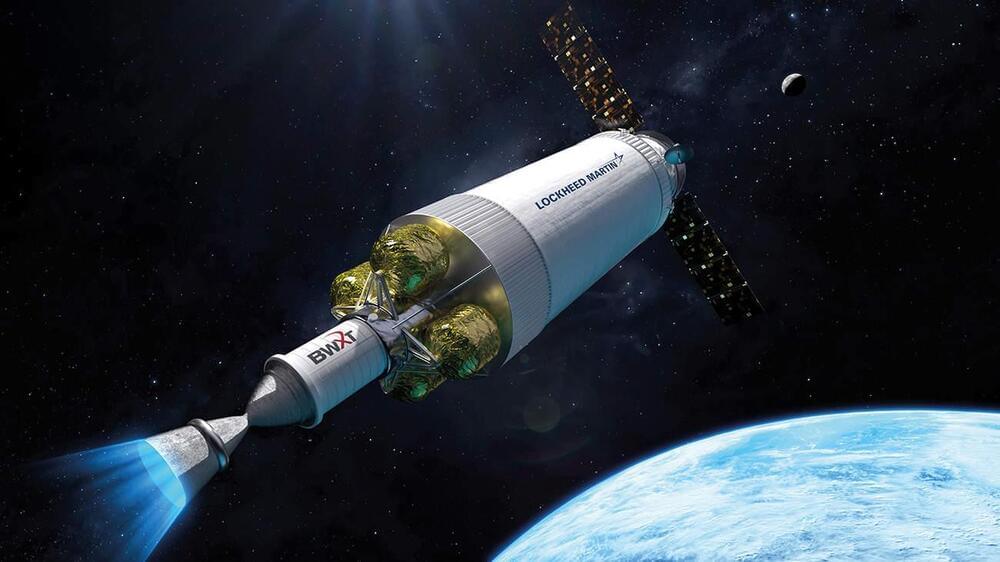Launching rockets into space with atomic bombs is a crazy idea that was thankfully discarded many decades ago. But as Richard Corfield discovers, the potential of using the energy from nuclear-powered engines to drive space travel is back on NASA’s agenda.
In 1914 H G Wells published The World Set Free, a novel based on the notion that radium might one day power spaceships. Wells, who was familiar with the work of physicists such as Ernest Rutherford, knew that radium could produce heat and envisaged it being used to turn a turbine. The book might have been a work of fiction, but The World Set Free correctly foresaw the potential of what one might call “atomic spaceships”
The idea of using nuclear energy for space travel took hold in the 1950s when the public – having witnessed the horrors of Hiroshima and Nagasaki – gradually became convinced of the utility of nuclear power for peaceful purposes. Thanks to programmes such as America’s Atoms for Peace, people began to see that nuclear power could be used for energy and transport. But perhaps the most radical application lay in spaceflight.
